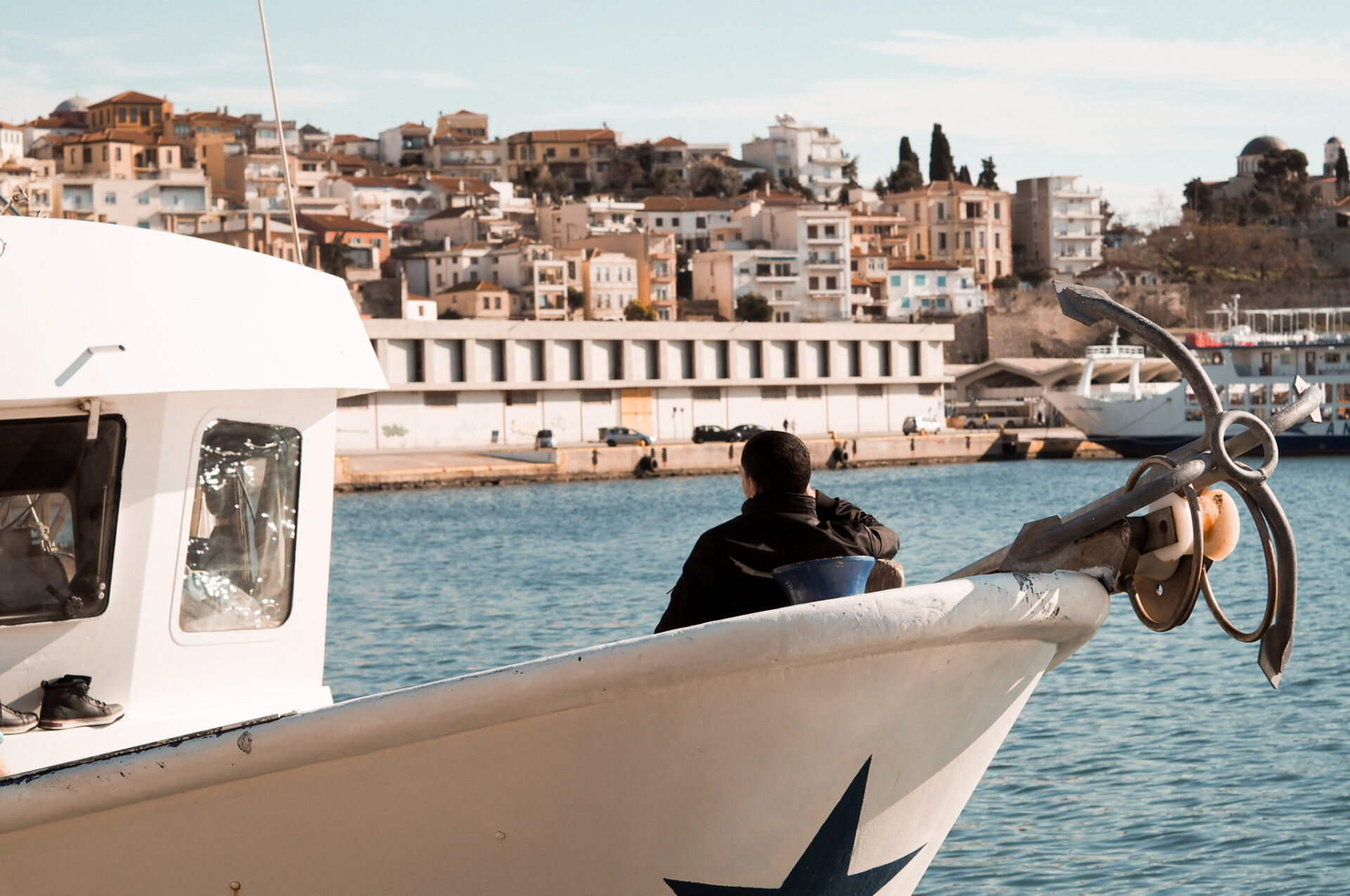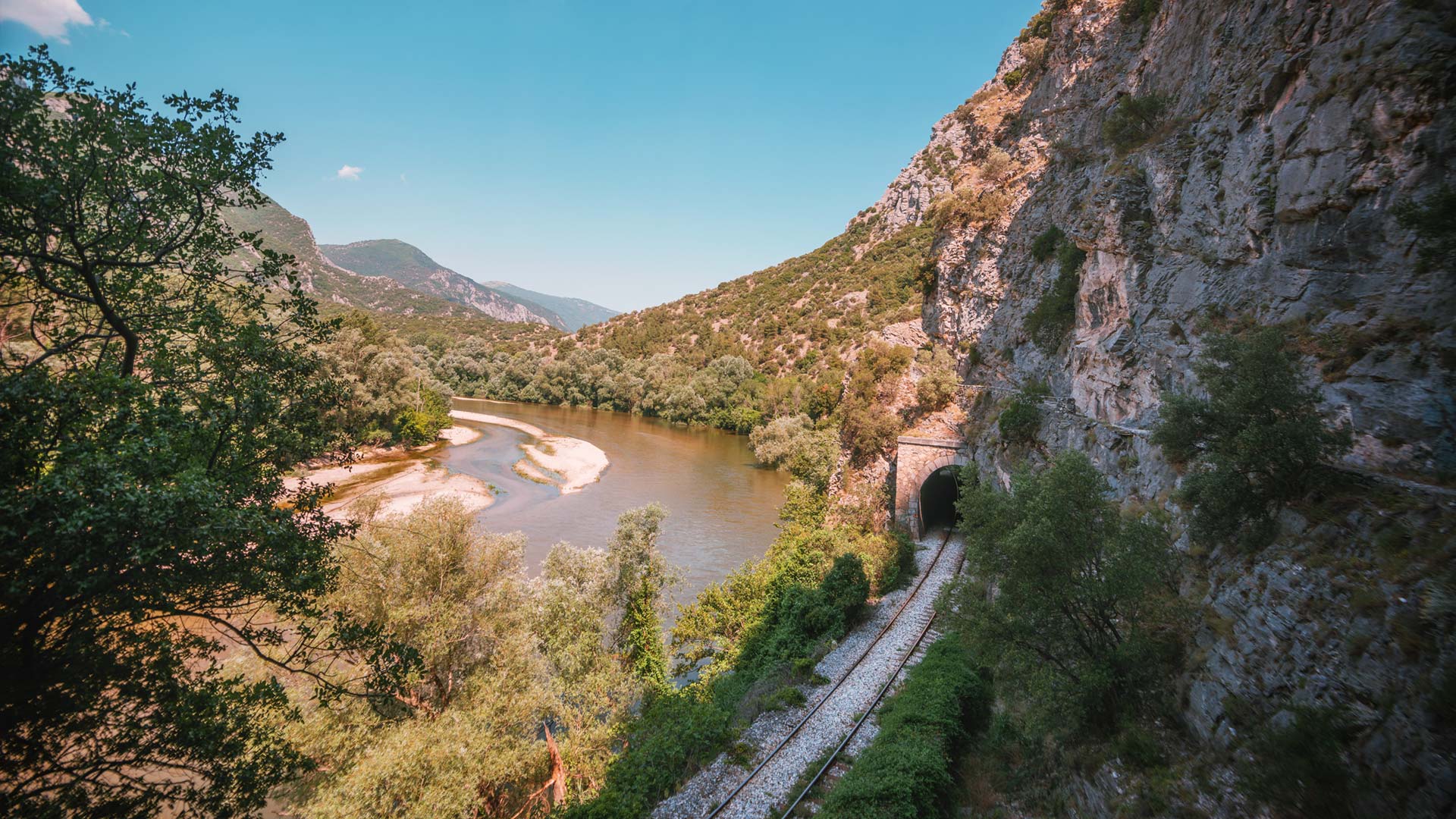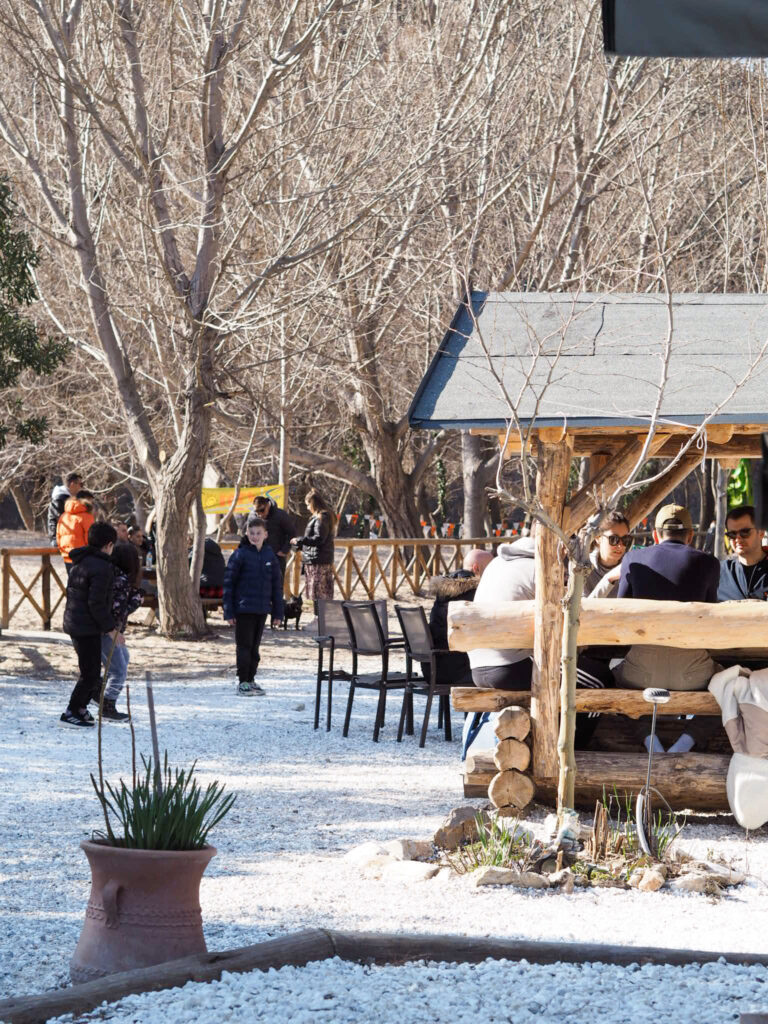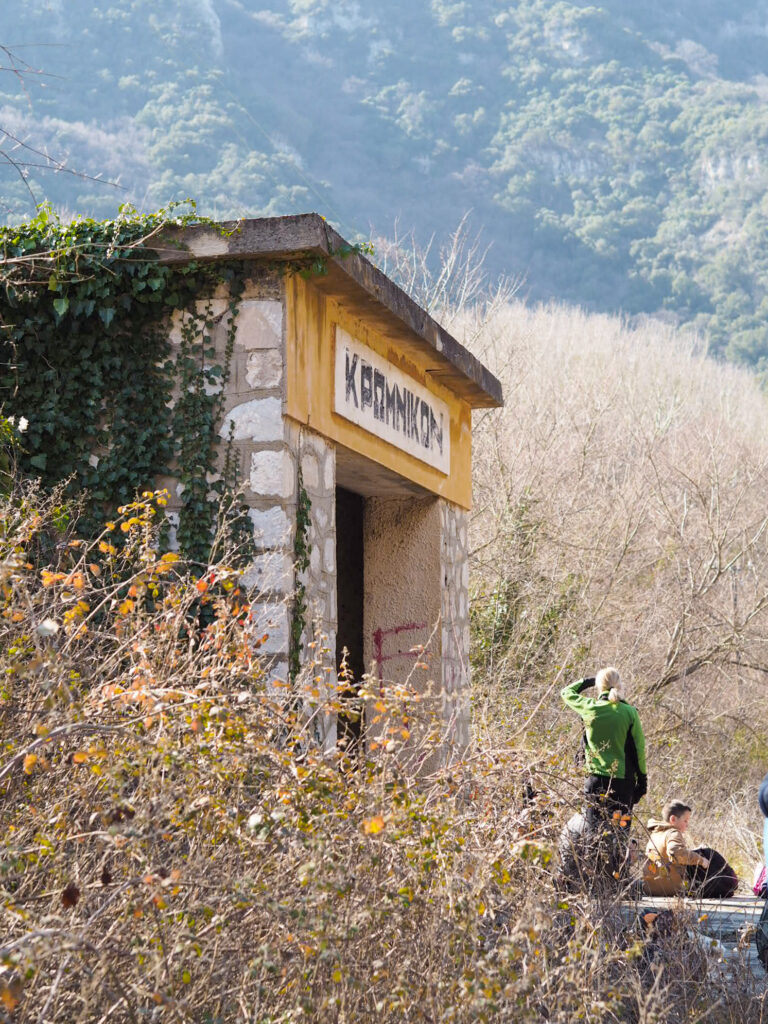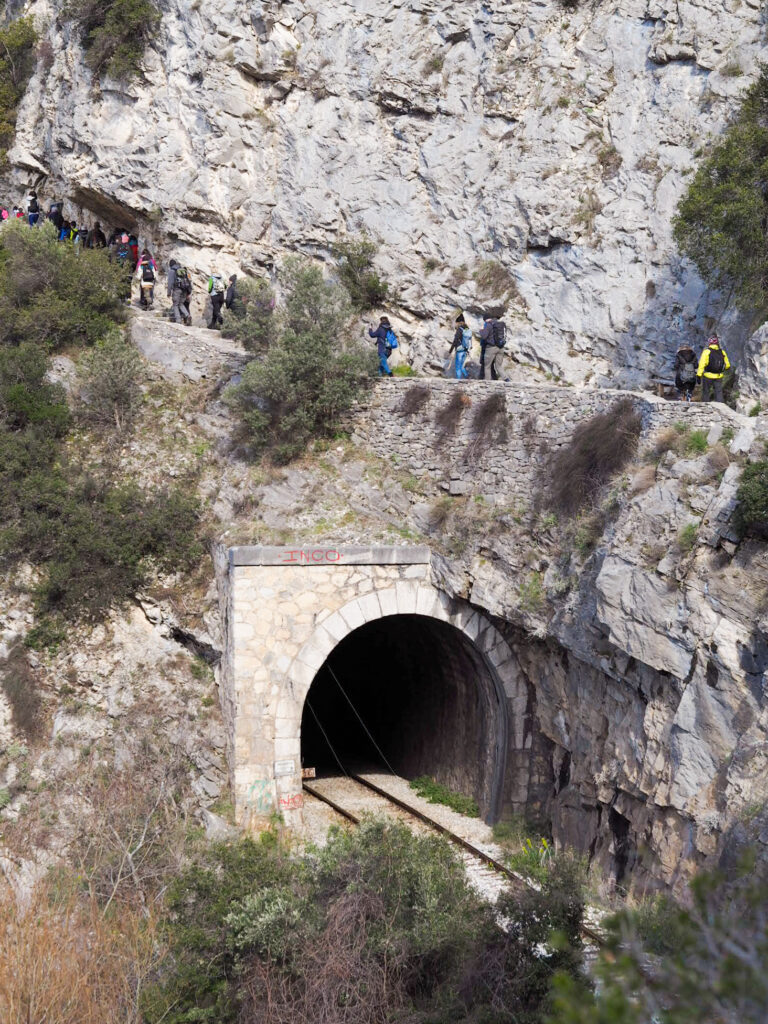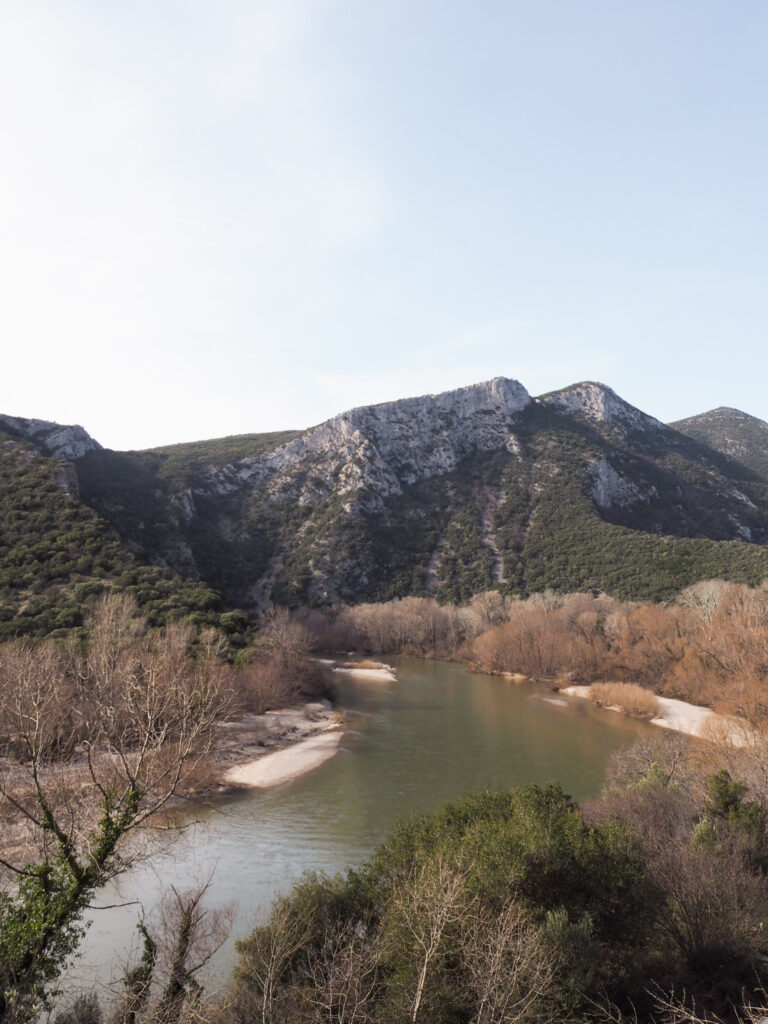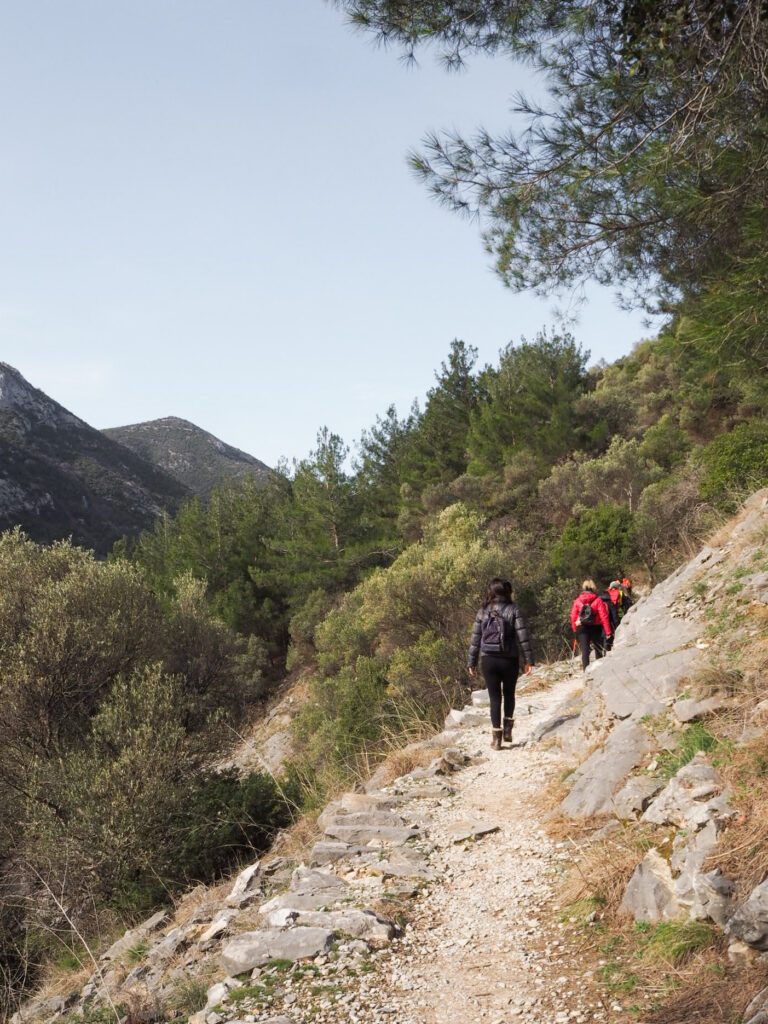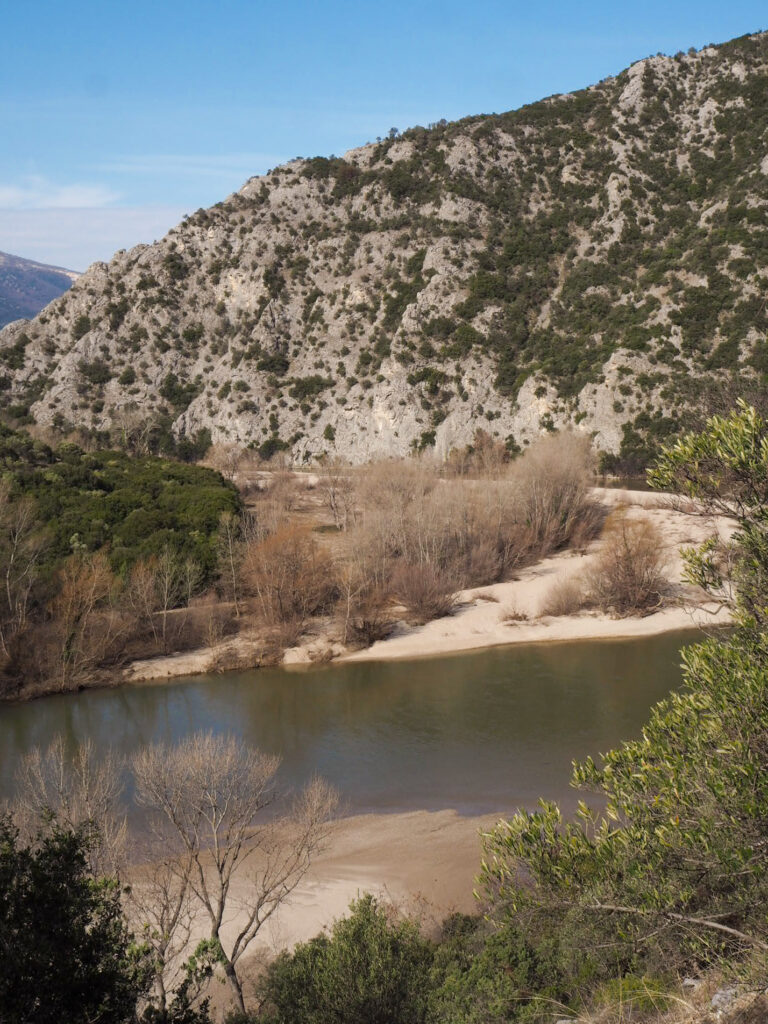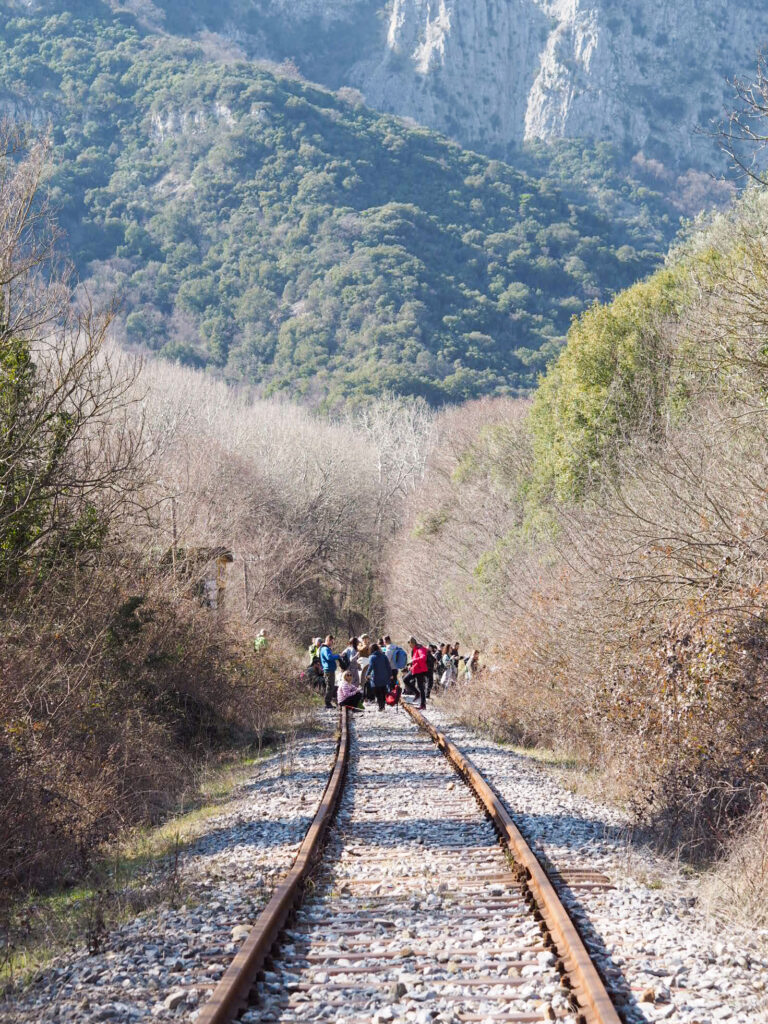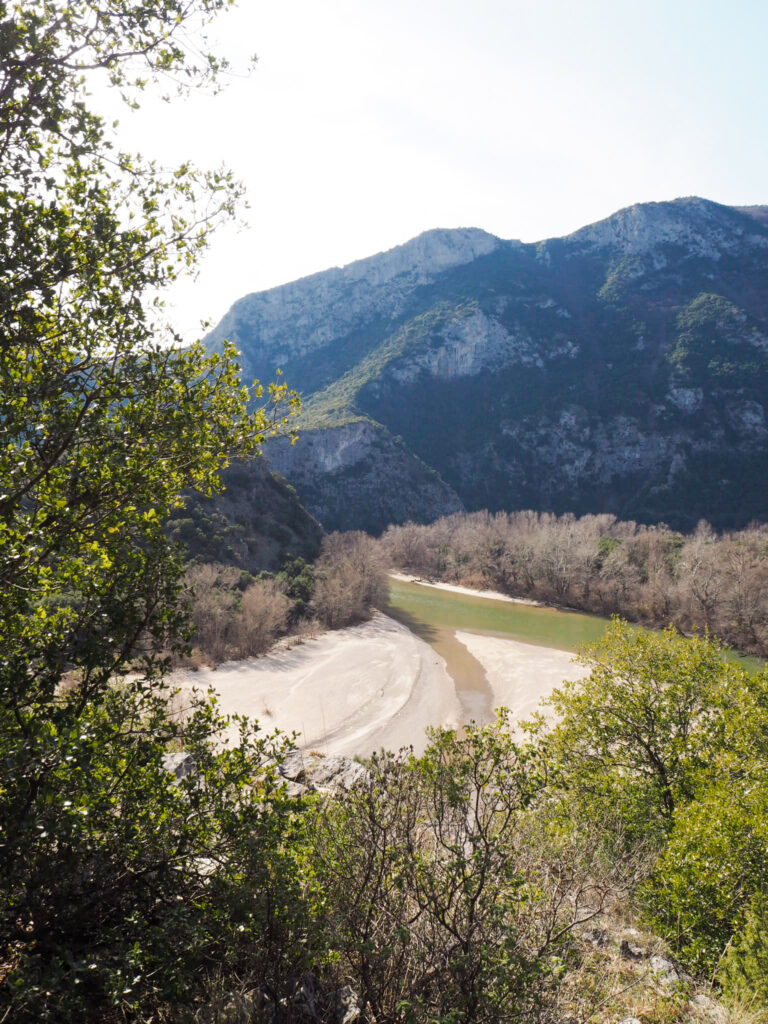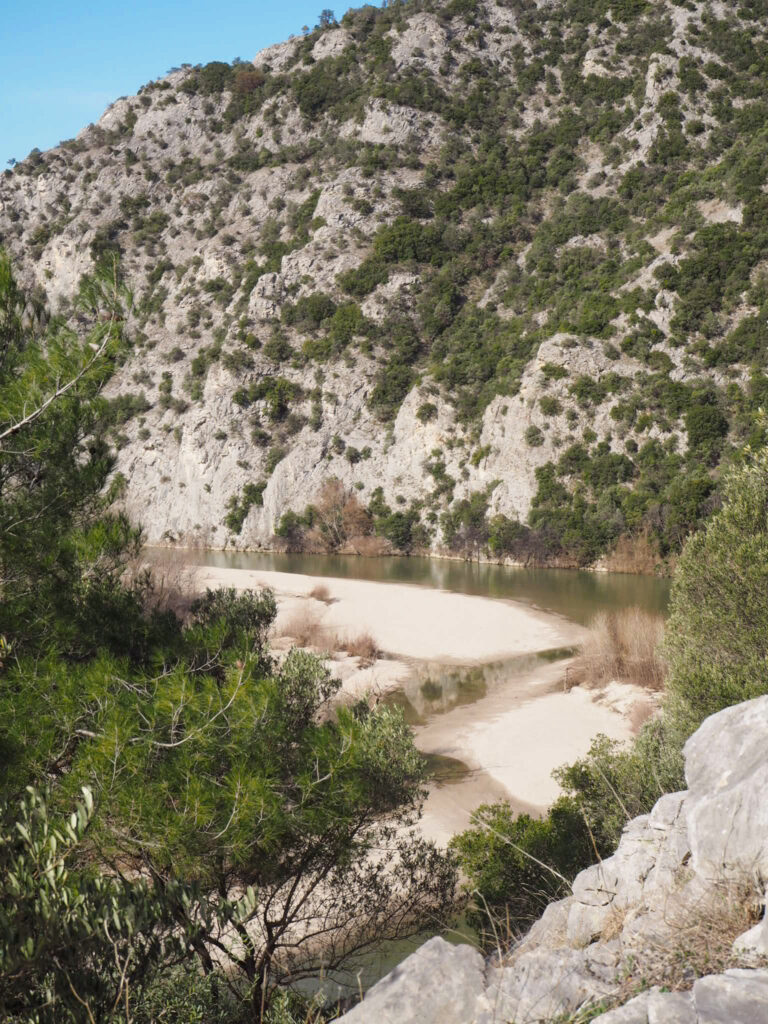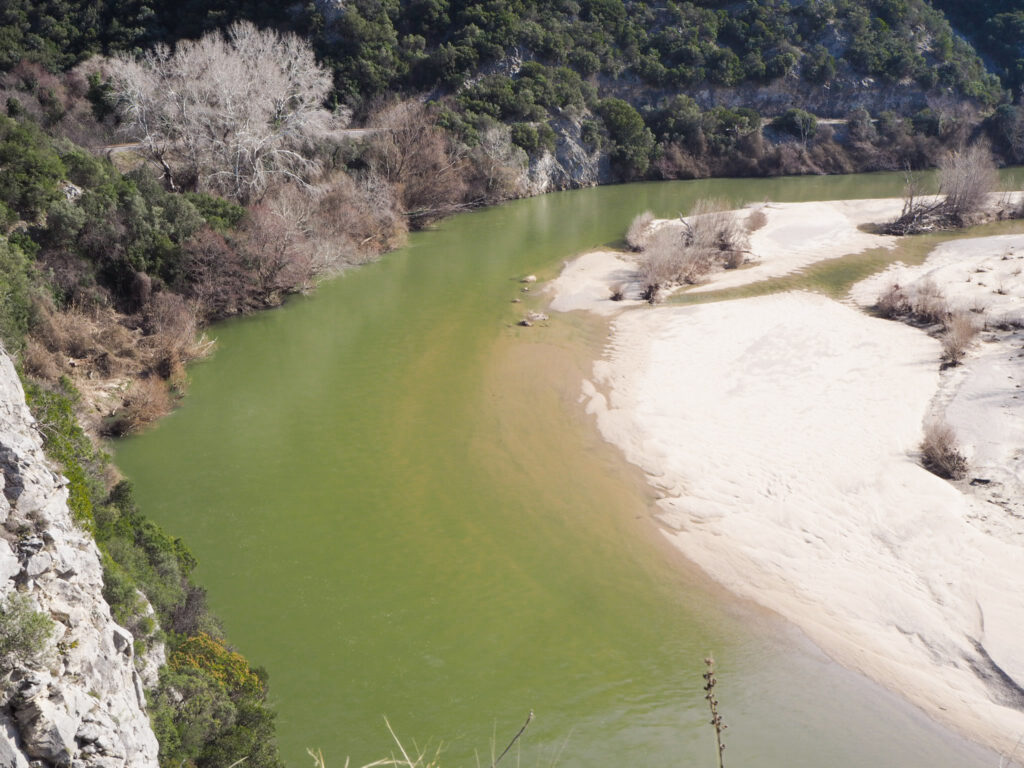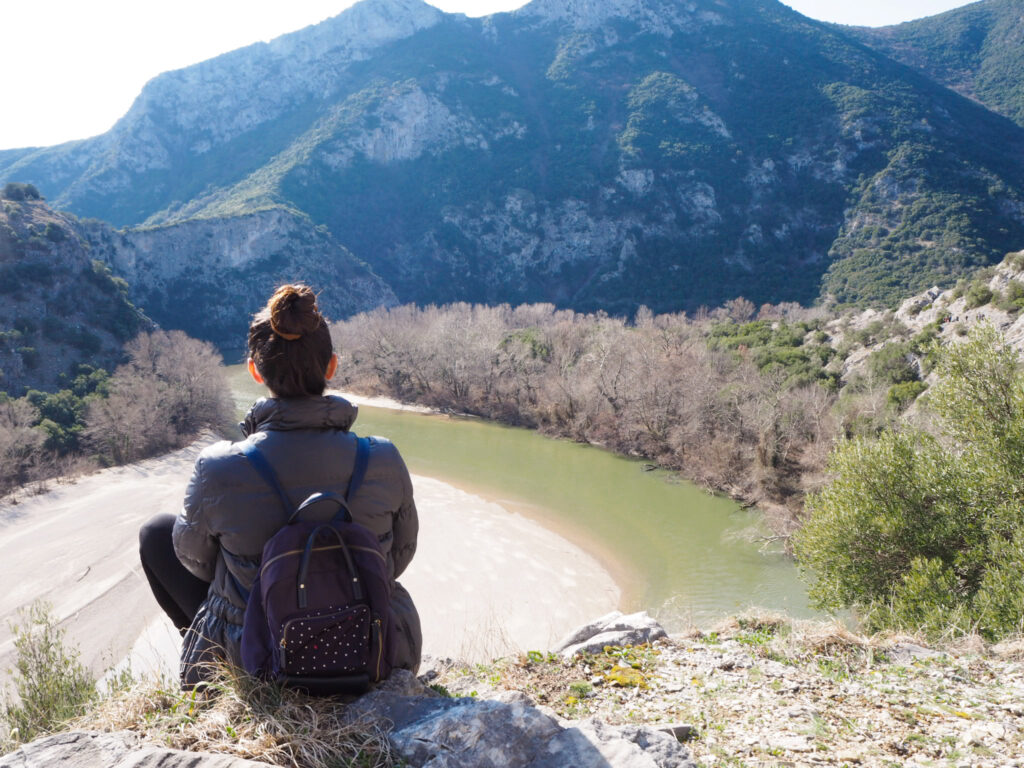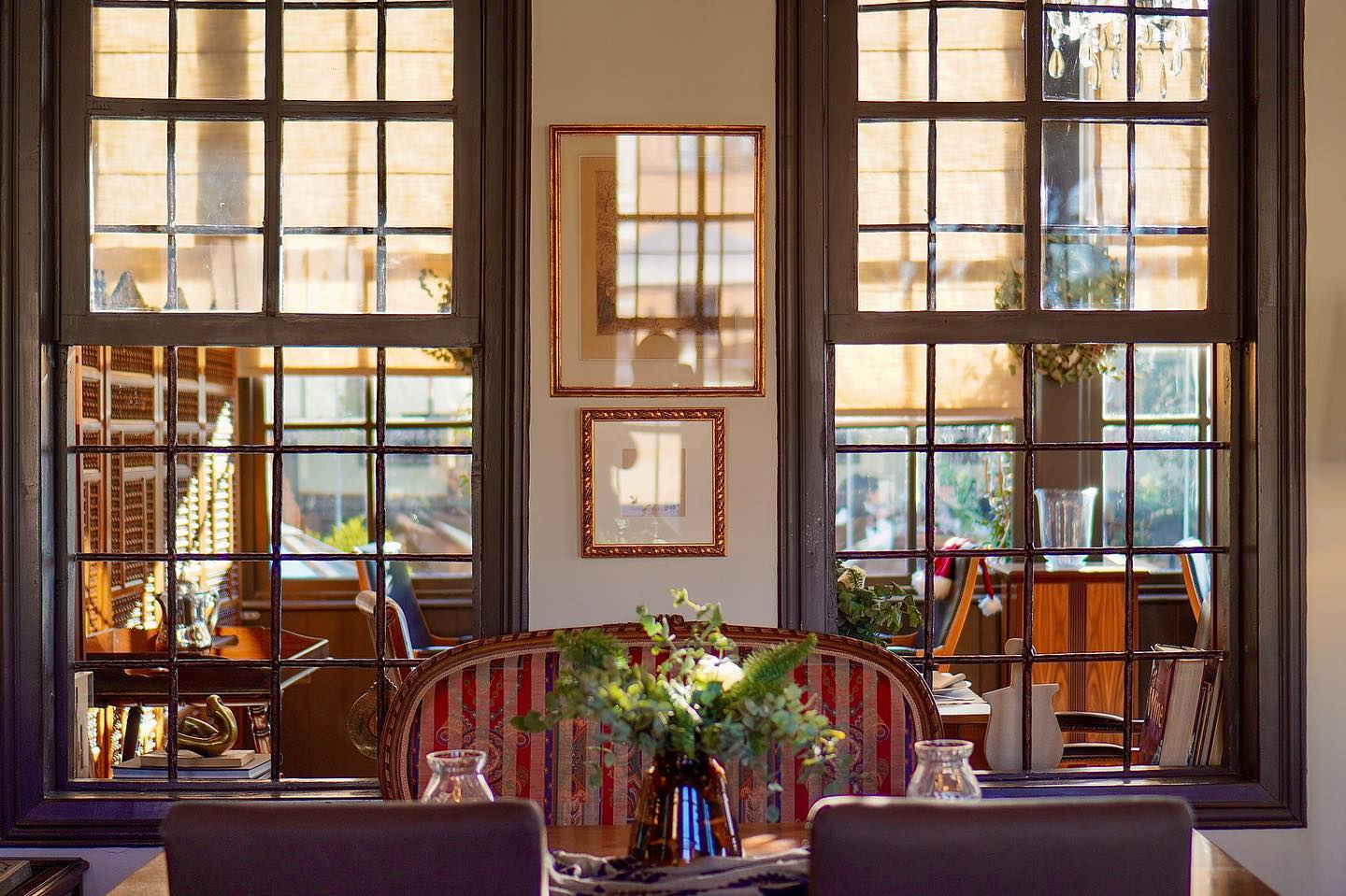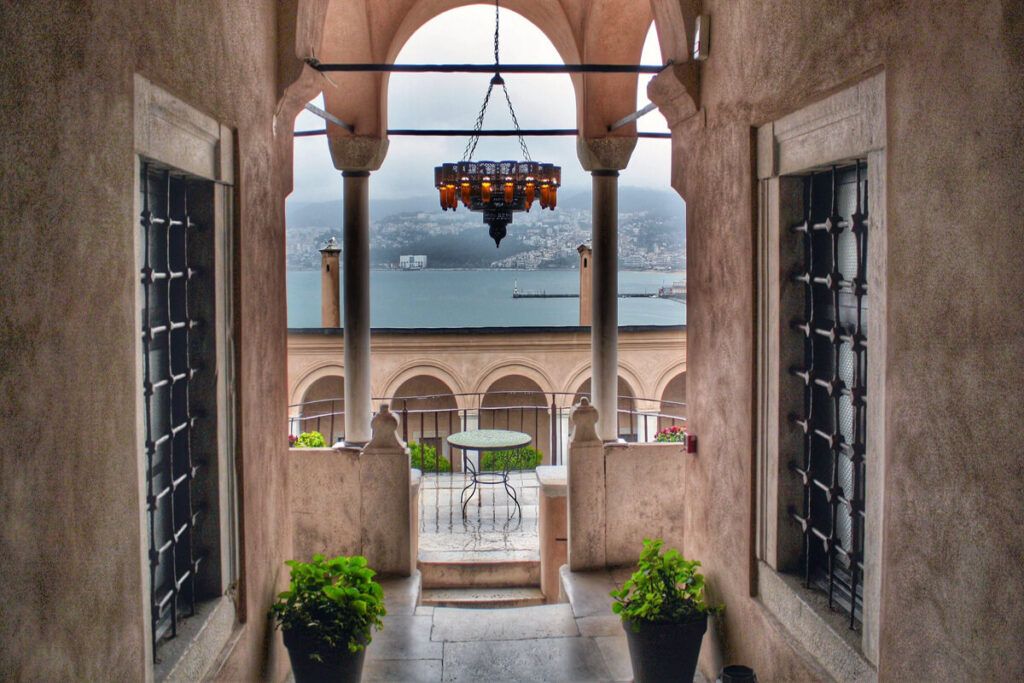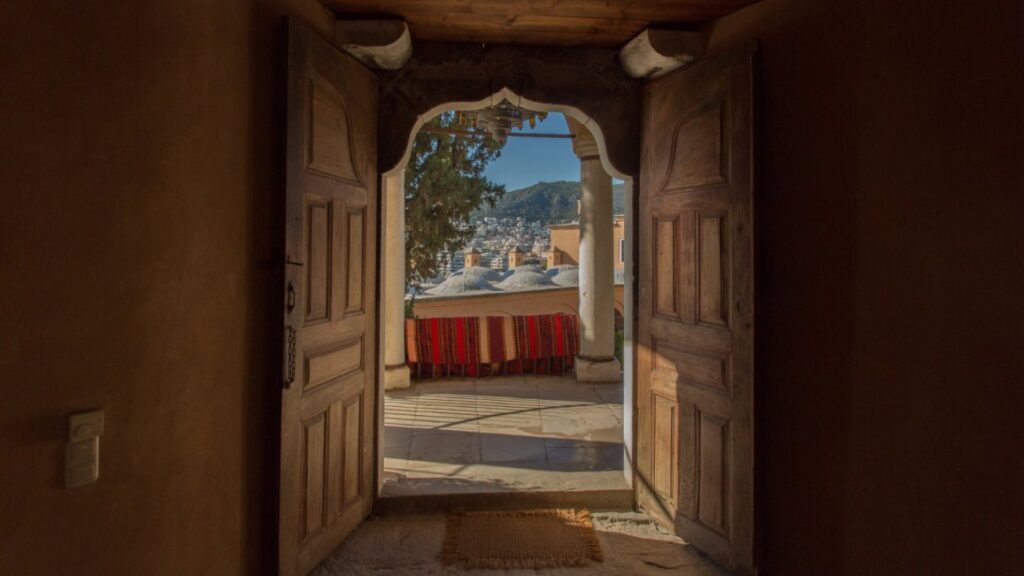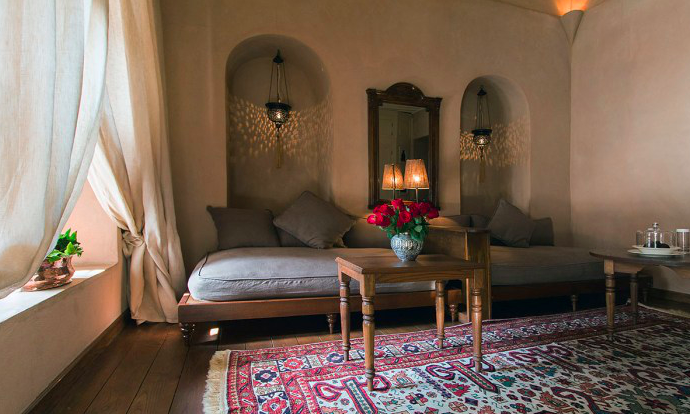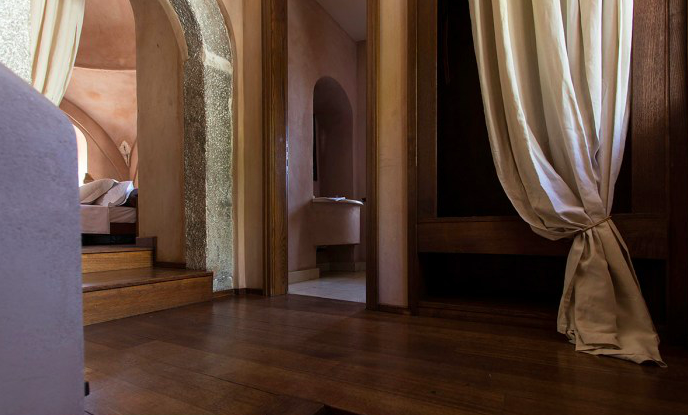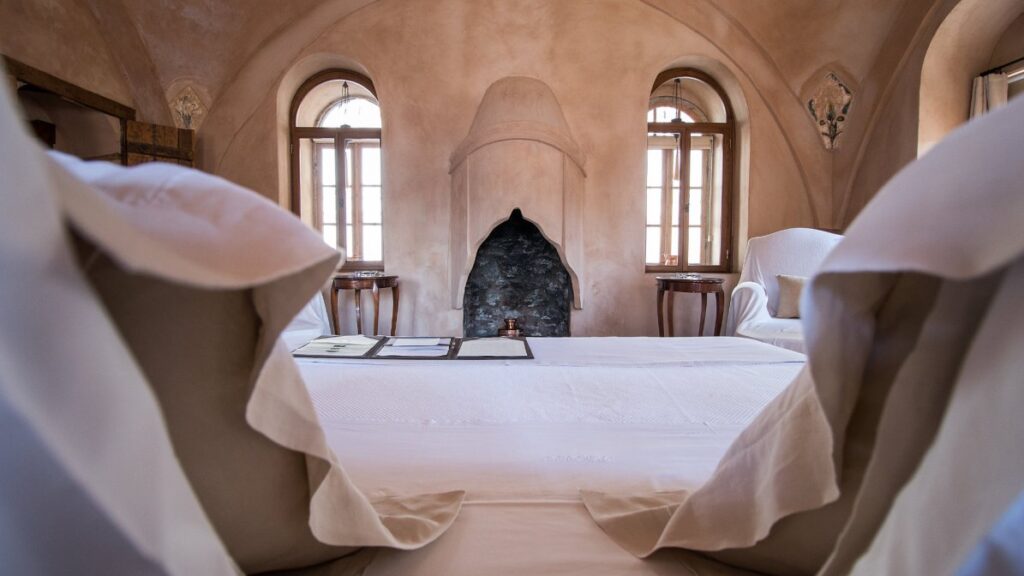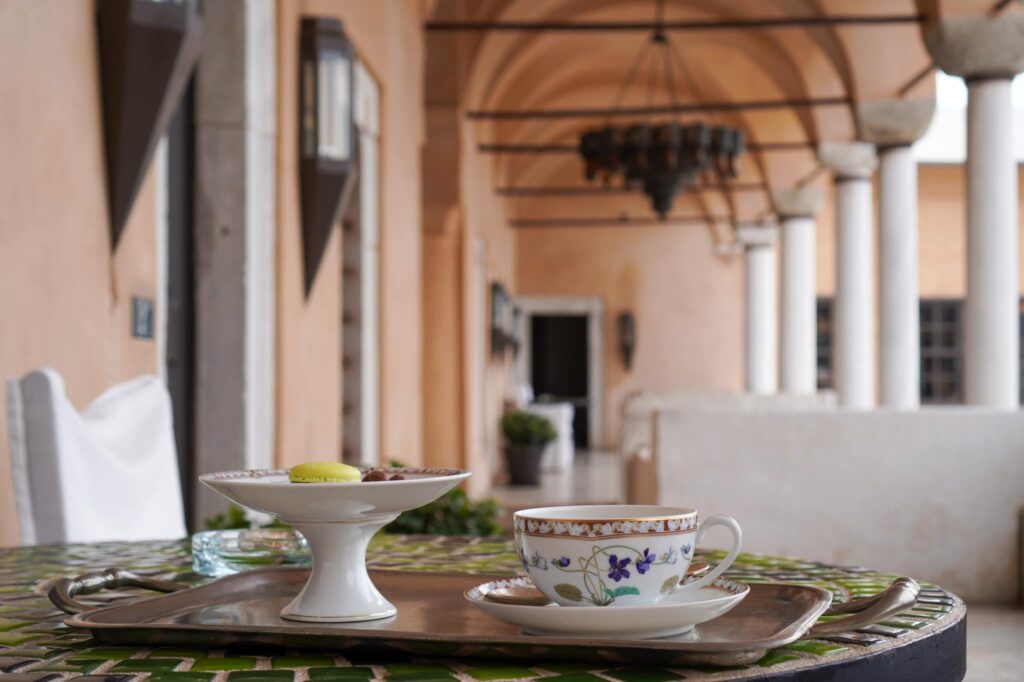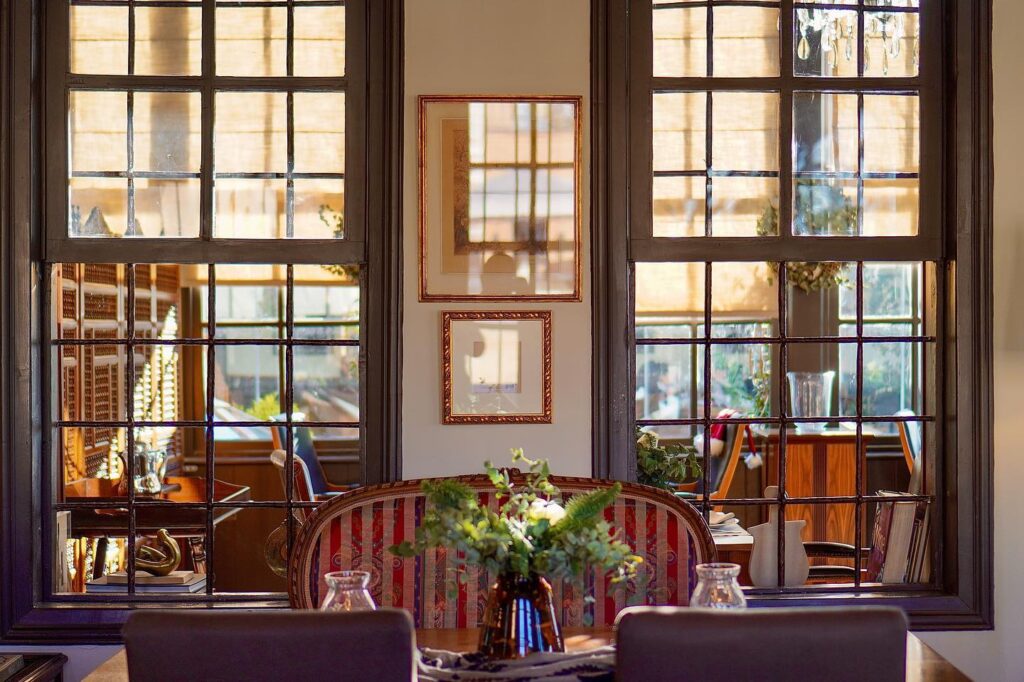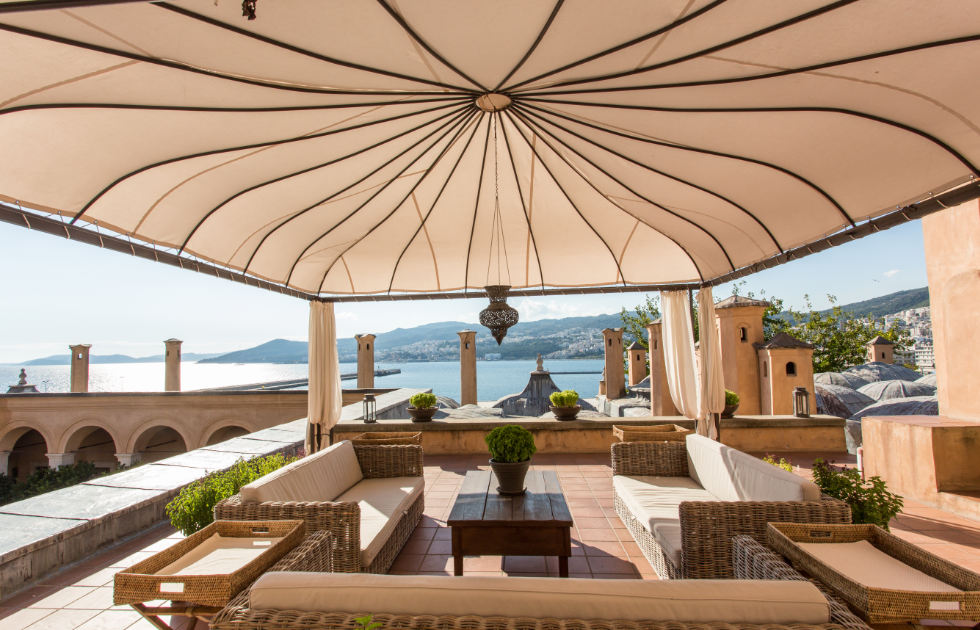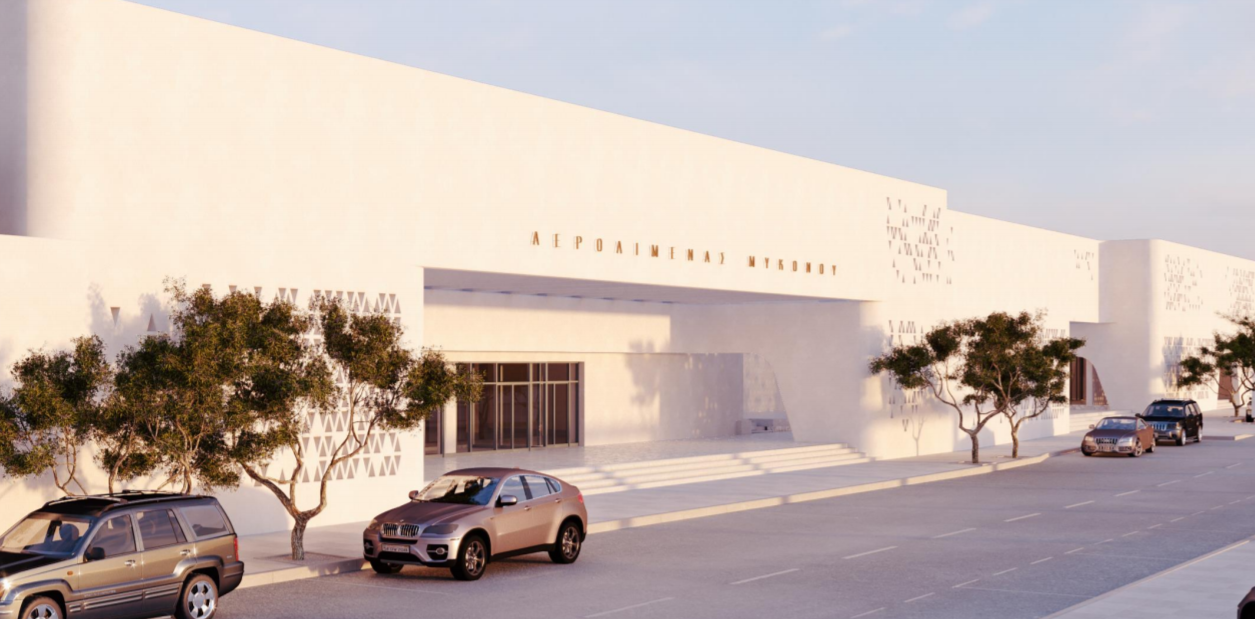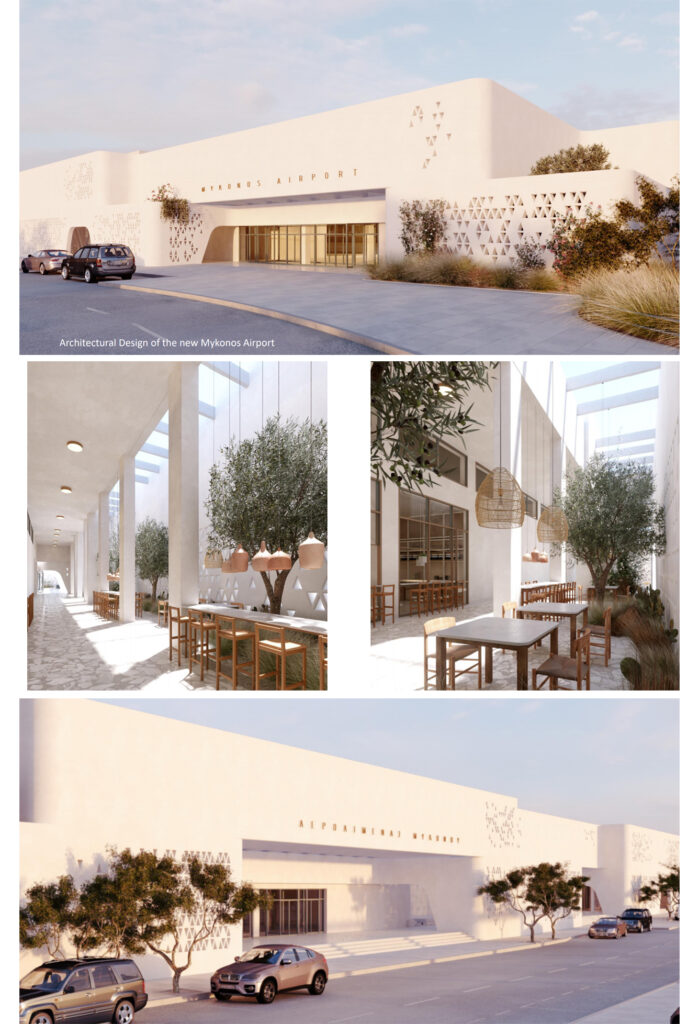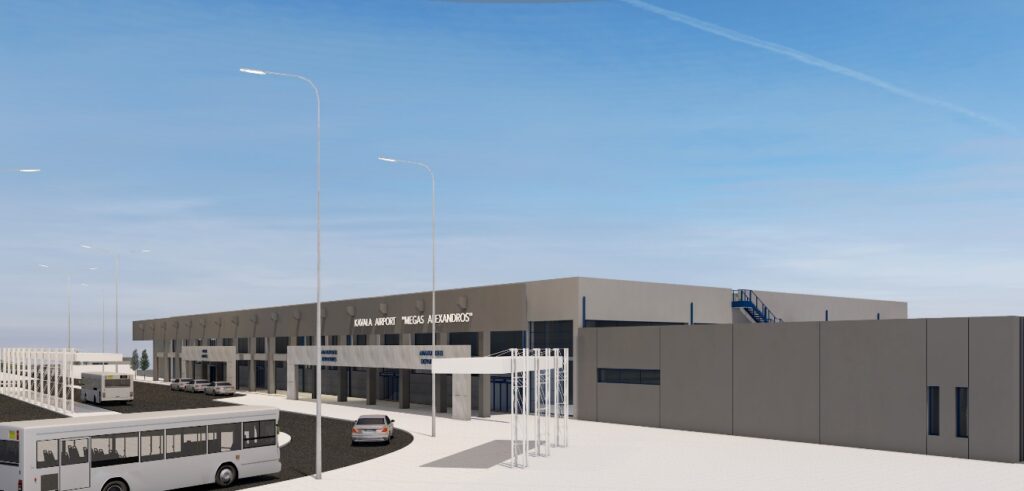As the flawless facade of Kavala city presented itself when we were approaching the city, one of my friends exclaimed “It feels as though we are on a ferry approaching an island, doesn’t it?” We didn’t have to respond to her question as she already knew the answer. Kavala may be on the Greek mainland, but it most certainly has that island vibe!
Once popular for its tobacco trade, Kavala boasts a remarkable collection of buildings scattered around the city, where people used to trade, process, and store tobacco in the 20th century. The city has everything you could want for a weekend getaway: a picturesque facade with colorful houses, a bustling waterfront lined with traditional Greek tavernas and cobbled streets built amphitheatrically around the bay to stroll through in the evenings.
Our travel guide to Kavala will help you get the most out of visiting this beautiful city!
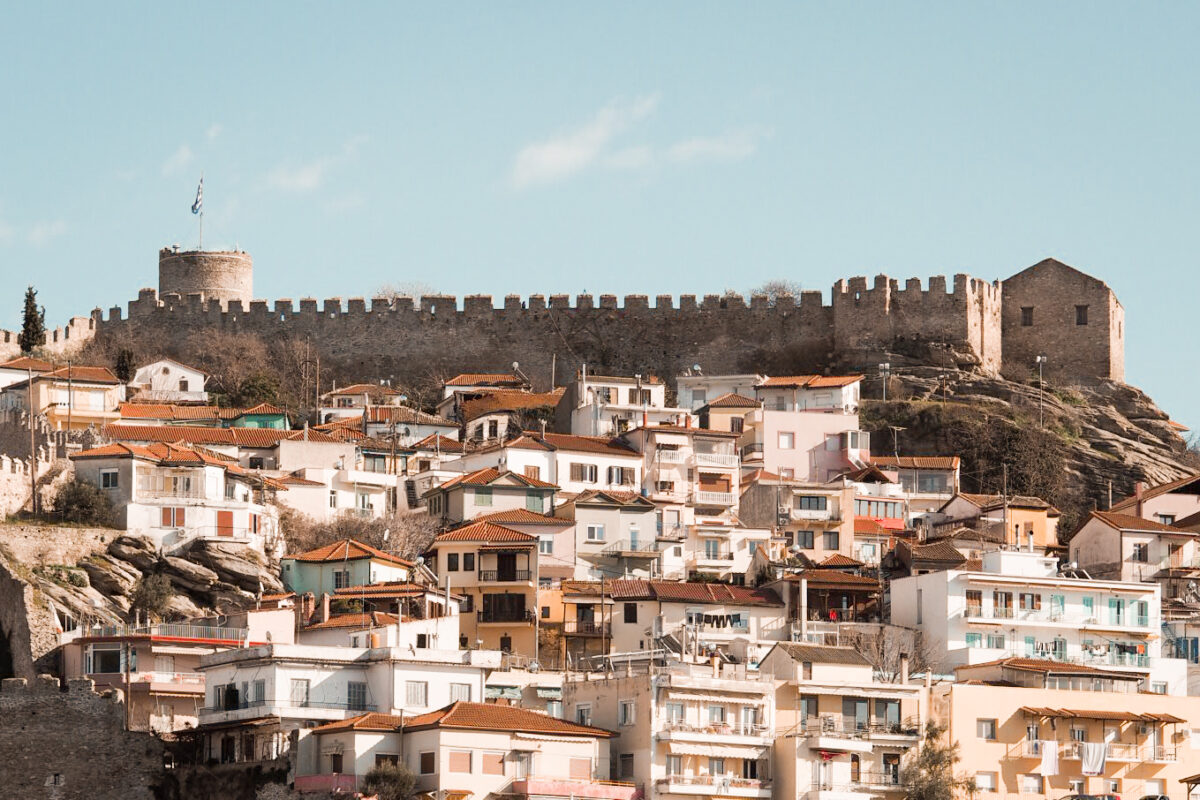
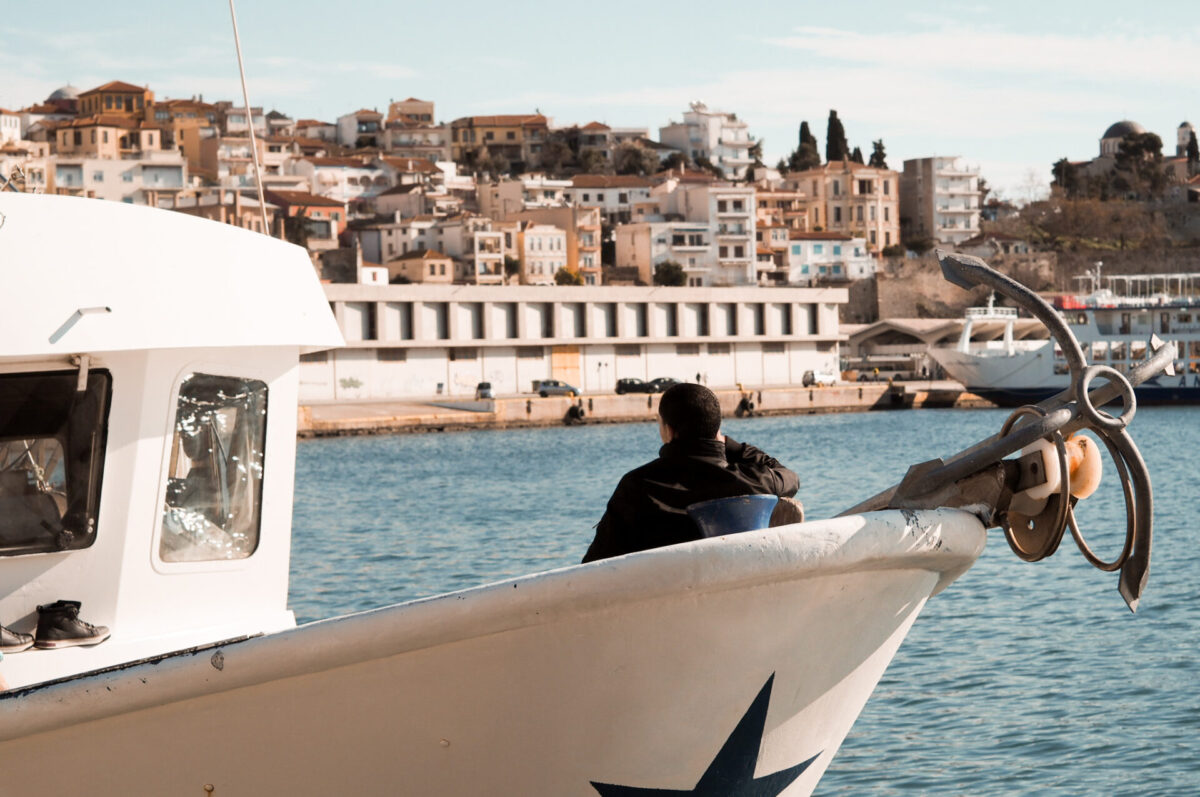
How to get there and around
Situated Northeast of Thessaloniki, Kavala’s port is a focal point in the region of Eastern Macedonia and the entry to Eastern Greece, rightly known as ‘The Thermopyles of Macedonia’. You can fly directly from Athens, drive to it from the mainland or take the ferry from one of the islands.
Getting there by air: Kavala International Airport “Alexander the Great” (KVA) is located just 30km outside the city. It serves daily flights from Athens and International flights from England, Germany, Italy and other European countries. Flying from Athens takes an hour and costs a bit less than 100€.
Getting around by car: Hire a car and make the 150km journey from Thessaloniki, the second-largest city in Greece. The journey takes about 2 hours and the ride is quite pleasant as you get to see more of the Aegean and Chalkidiki’s seaside.
Getting around by public transport: Macedonia bus station in Thessaloniki runs bus routes from Thessaloniki to Kavala about 10 times per day. The ticket costs 16€ and the ride duration is 2 hours and 20 minutes. Alternatively, you can take the ferry boat from Thassos and/or Limnos island.
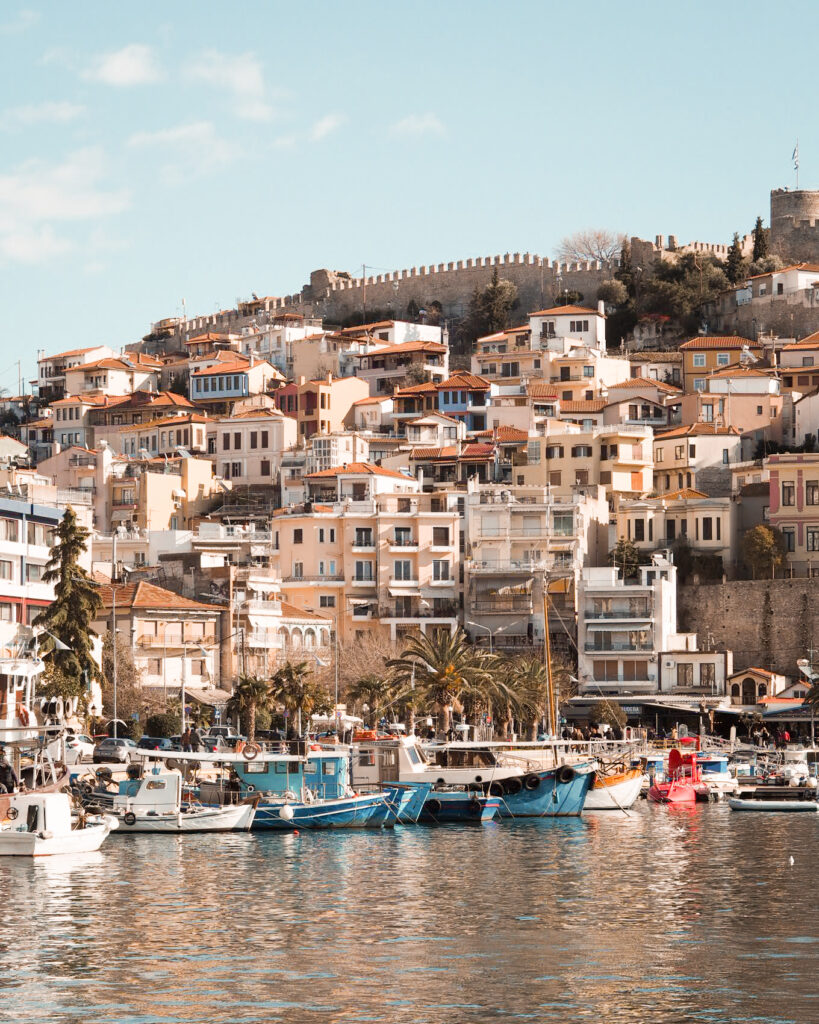
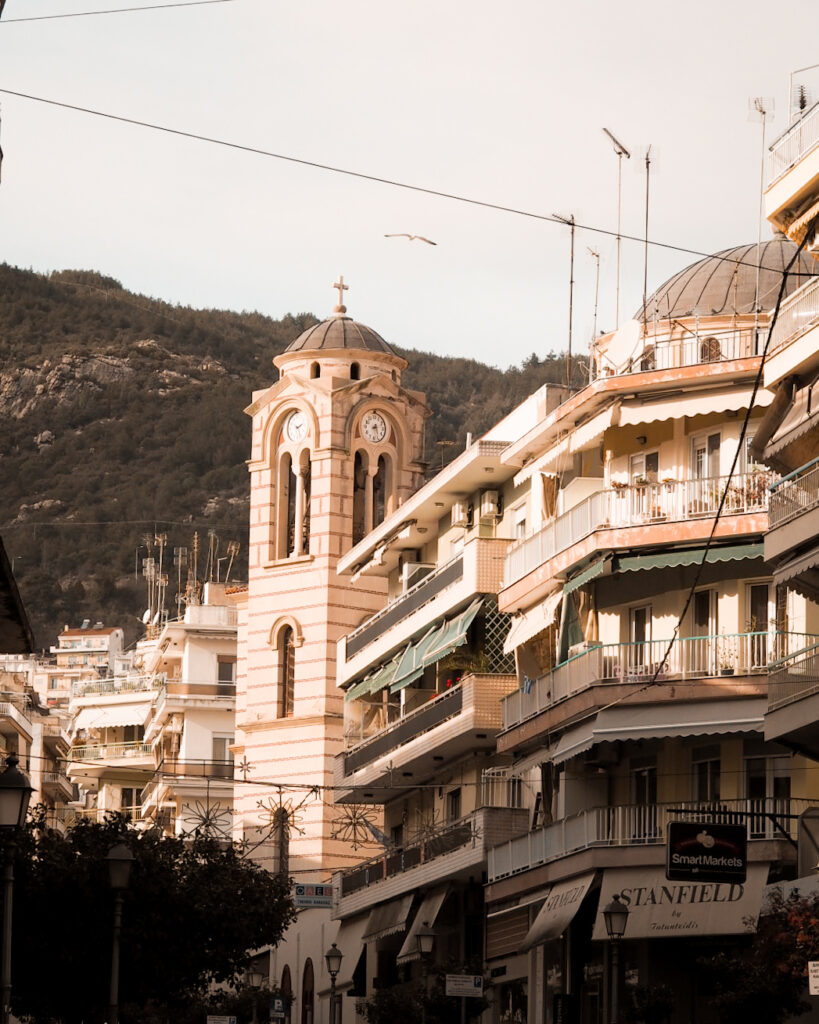
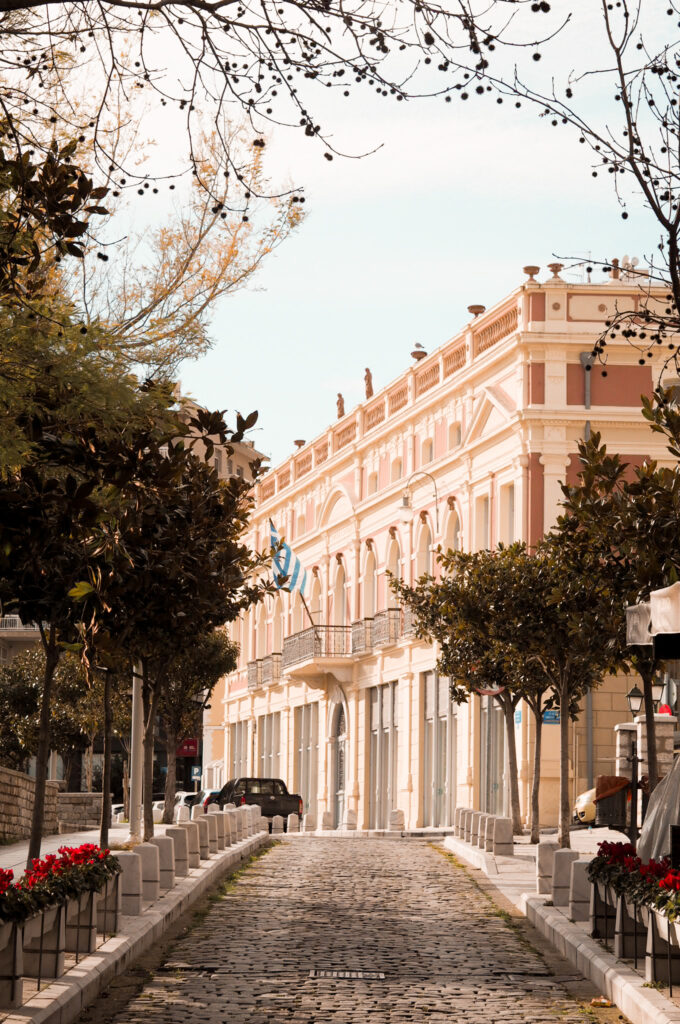
A few ways to ways to soak up Kavala
Ouzo & seafood at the seafront.
The promenade along the waterfront is a lovely place to start exploring Kavala; the air is laden with the aroma of freshly grilled fish and seafood, and people at the ouzeries linger around tables, toasting their glasses and saying ‘Opa’ every now and then. We recommend Apiko, an old-school traditional restaurant with views of the port and the main street.
Get a Greek island feel on the mainland!
Walk around the 16th-century Aquaduct
A walk through the ‘Kamares’ (meaning Arches in Greek) will convince you that Kavala was once a prime city! The Aquaduct is the most characteristic monument in the city, the grandiose arches are 25m tall and have a length of 270 m stretching along the Old City.
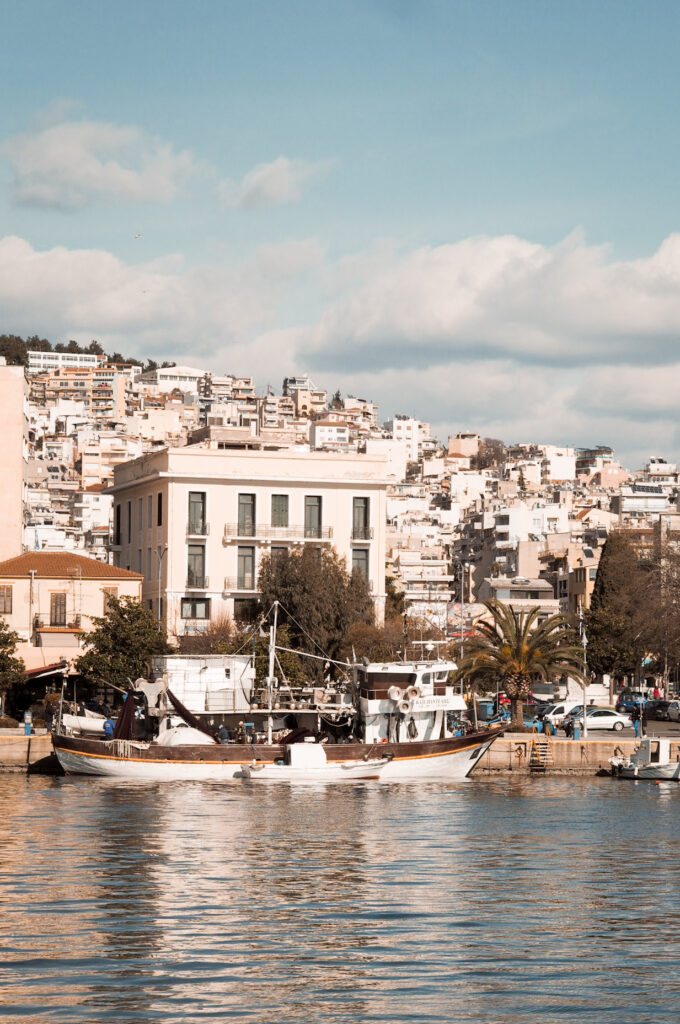
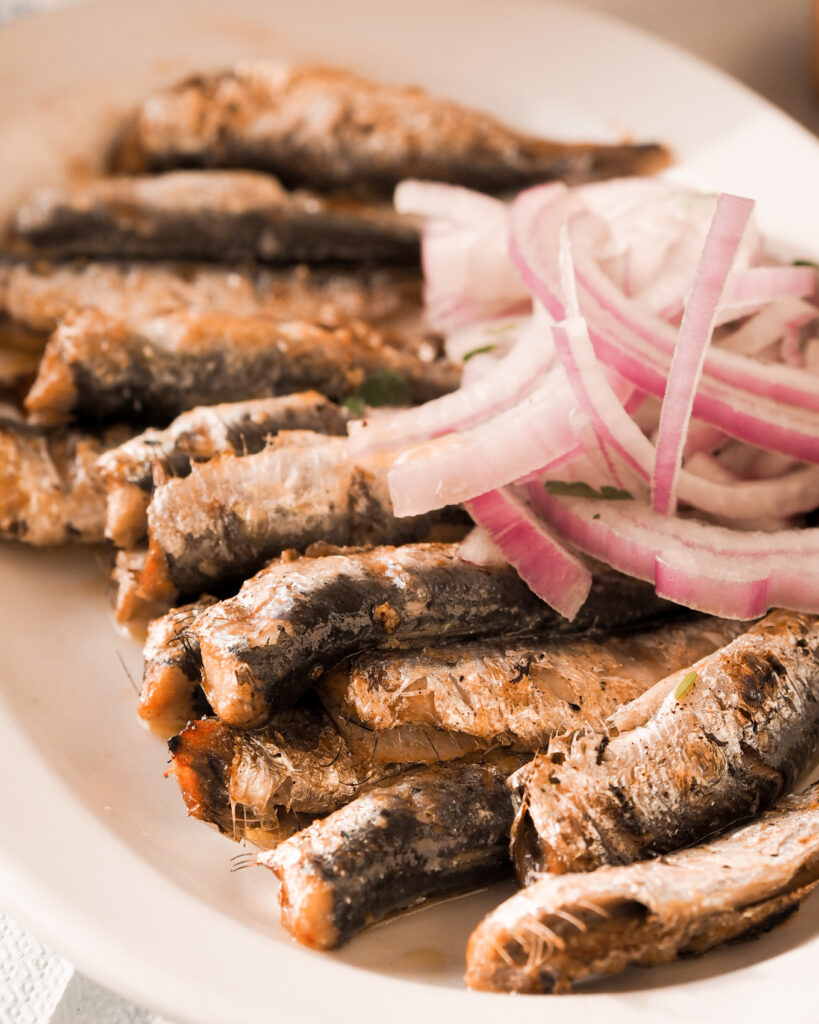
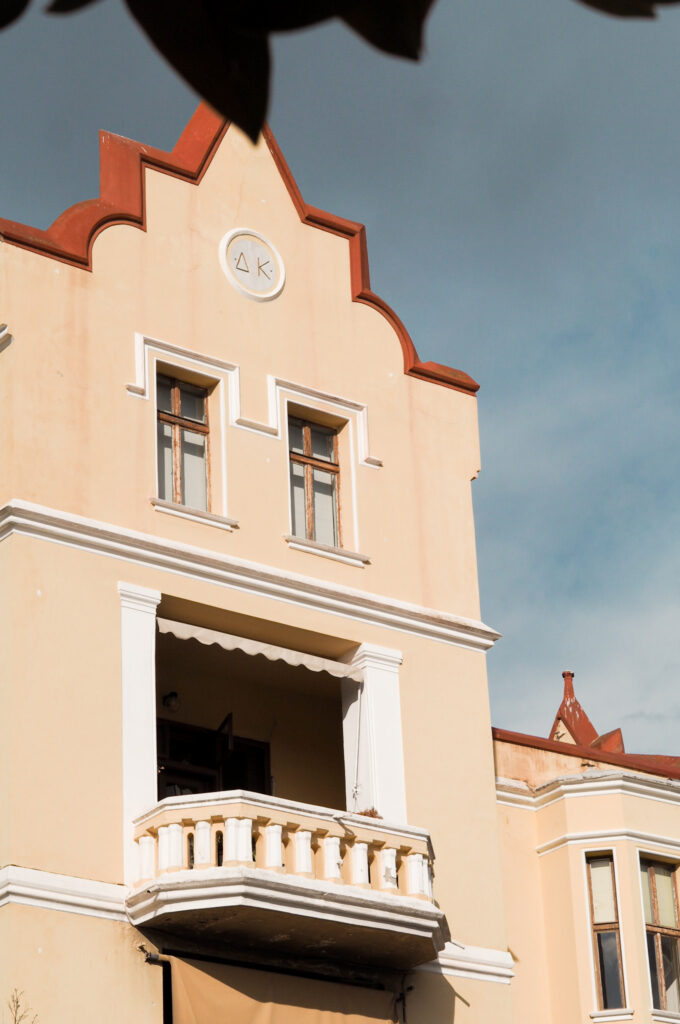
Visit the Castle
Enjoy the panoramic views from the top of The Castle of Kavala! Built to protect the city from pirate attacks, the castle of Kavala is one of the city’s most popular destinations to visit. To get there you need to walk through narrow, uphill alleyways, passing old houses and exchanging pleasantries with some of the locals feeding the stray cats. Tip: pack some lunch with you, find a spot to sit and enjoy the views of the city and the port.
Wander through Panagia (Old City)
Wandering through the narrow streets of Panagia will take you a few centuries back as the old tobacco buildings in the area give you the feeling of having instantly travelled in the past. The majority of these beautiful buildings once belonged to tobacco traders – the legacy of the days when exporting tobacco fueled Kavala’s prosperity. Here, you will also find Muhhamed Ali’s house and the Imaret, a Muslim seminary built in 1821 to educate the less fortunate of the city regardless of their religion that has now been converted into a hotel.
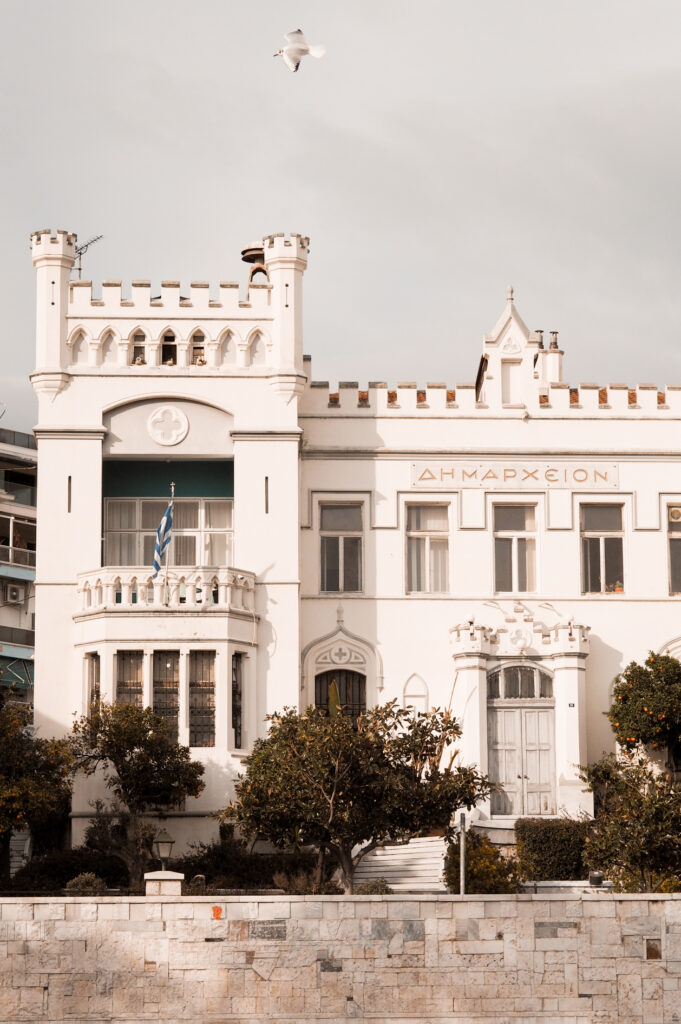
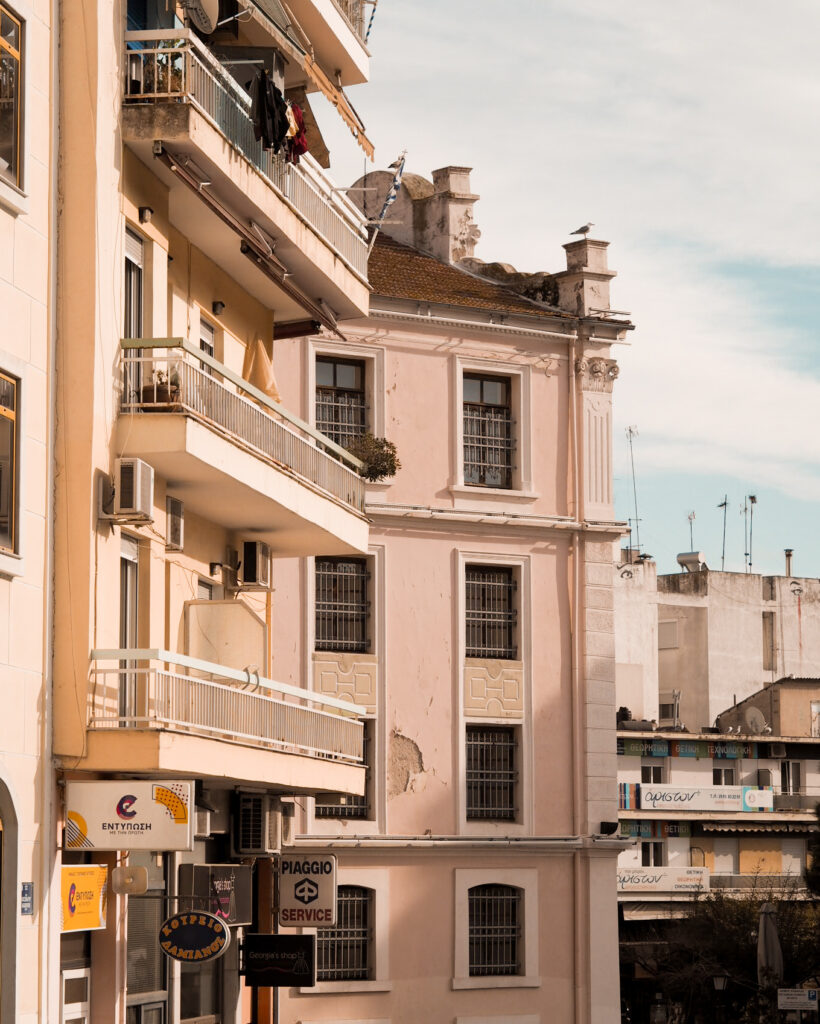
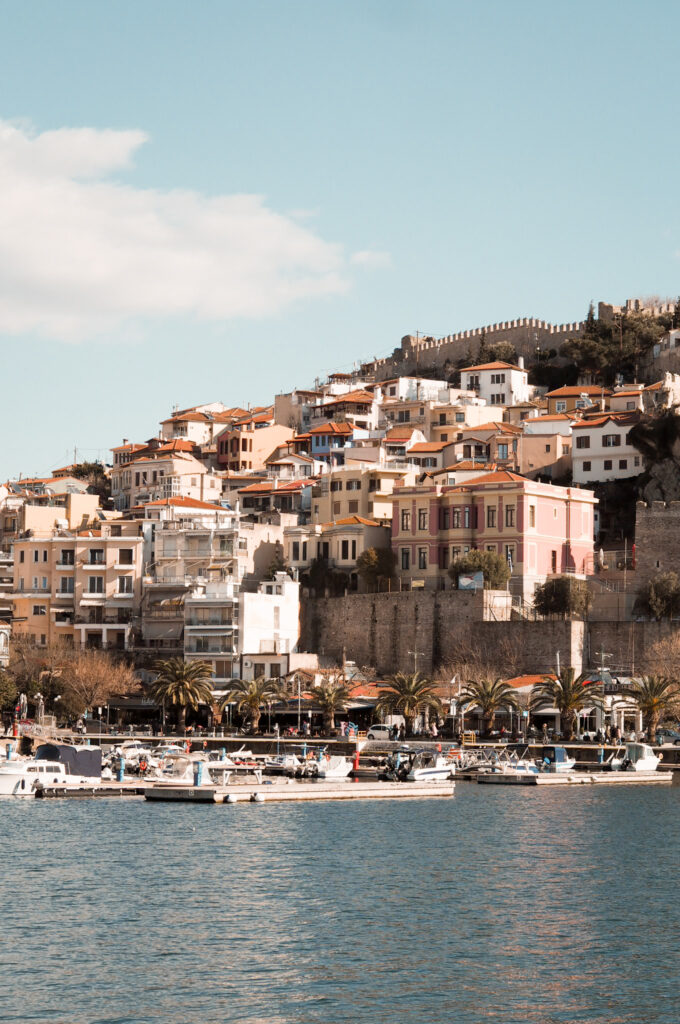
Explore the Tobacco Museum
With artefacts and archived material relating to the cultivation and production of tobacco, this museum uniquely presents the history of technology and economy in Kavala and the region of Eastern Macedonia and Thrace.
Visit the City Hall
Resembling a miniature Hungarian tower, Kavala’s City Hall is most definitely one of the prettiest buildings in Greece. This Gothic revival building belonged to Hungarian tobacco trader Pierre Herzog, who used it as his residence and place of business. The building was purchased by the Municipality of Kavala in 1937 and since then it houses the City Hall.
Swim at Kalamitsa
Kalamitsa is the nearest beach to Kavala, it has a long sandy stretch and clean, shallow waters that make it ideal to visit with young children. There is a free car park just opposite the beach, plenty of changing rooms to use and cafes to have a nibble if you feel like doing so. There is also Batis beach next to Kalamitsa but the beach opening to the sea is much smaller and often too crowded to find a spot.
All Images by Anastasia Fountouli ©

